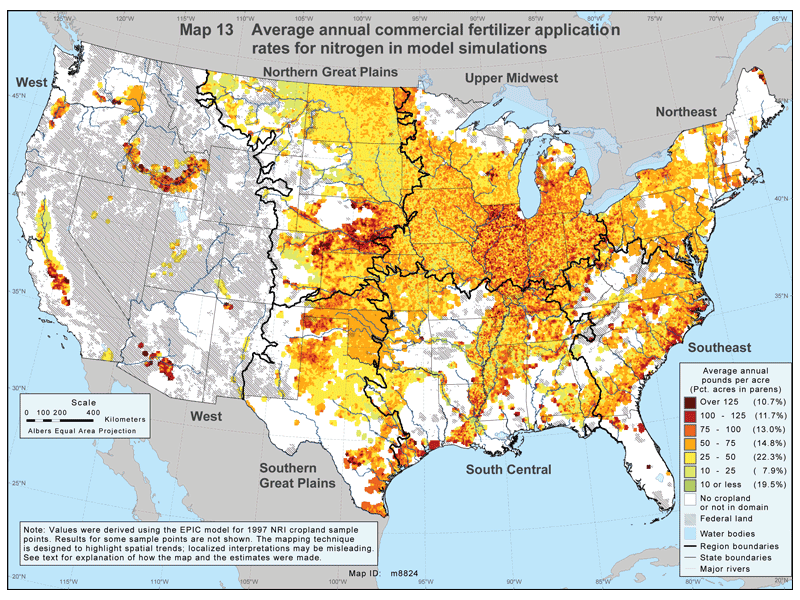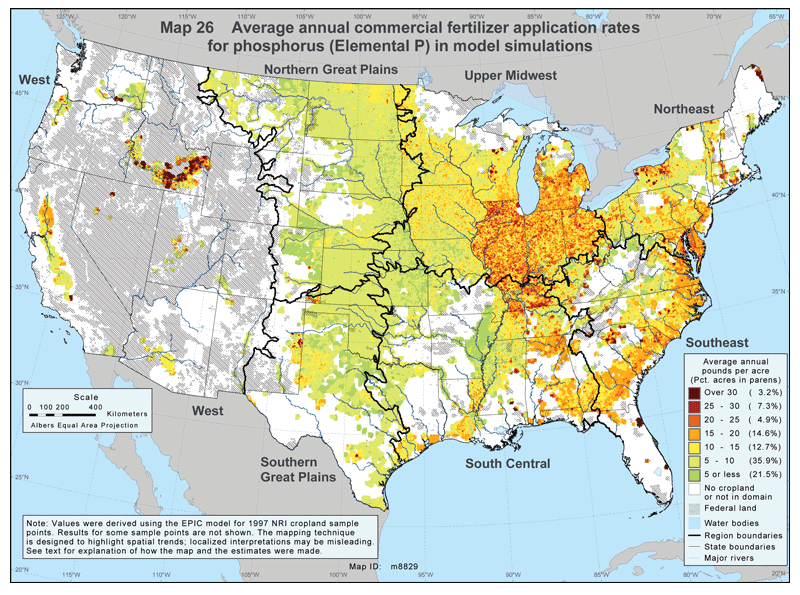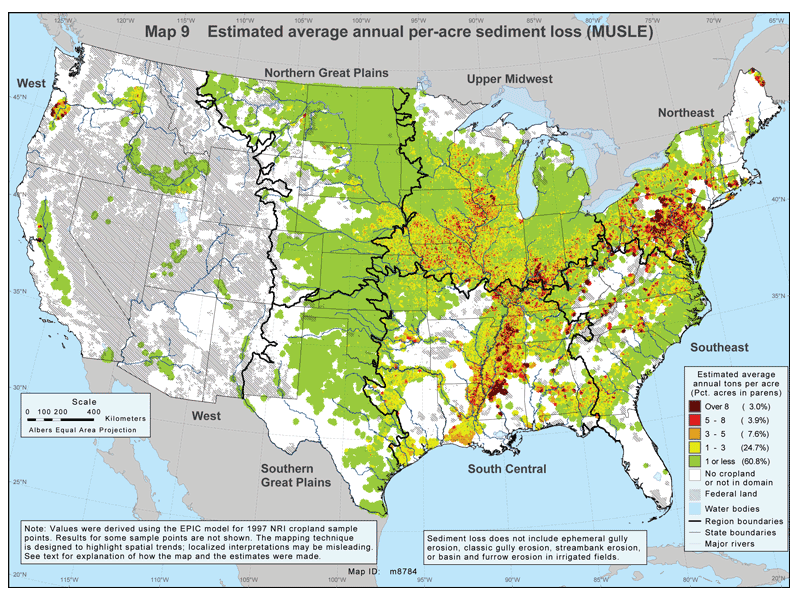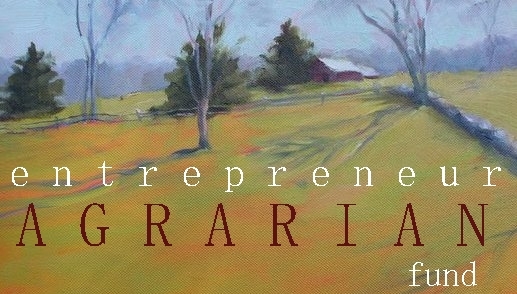
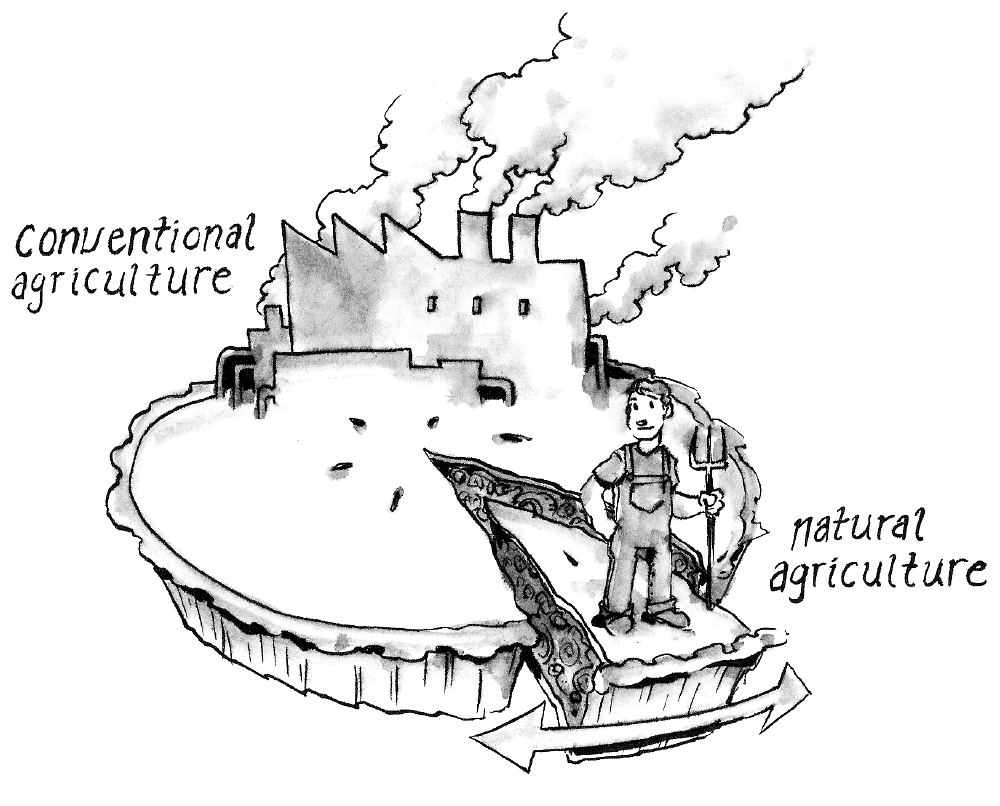 The fundamentals of Sustainable agricultural practice are drafted from ecology, more specifically a holistic relationship with soil, plant and animal, in which proper nutrient cycling is best for land and body. Underpinning the Entrepreneur Agrarian Fund’s objective to consistently deliver high-quality and nutritious food within various marketplaces is a requirement to cultivate quality soils through proper husbandry within a defined and customized holistic land management system. Each EAF farm enterprise creates a customized crop selection and rotation plan pertaining to amenities of the specific parcel, area and agrarian talent. Established by in-house expertise and reputable strategic partners, farm plans work within the EAF network to diversify farm risk, efficiently deliver quality food and maximize profitability to meet market demand.
The fundamentals of Sustainable agricultural practice are drafted from ecology, more specifically a holistic relationship with soil, plant and animal, in which proper nutrient cycling is best for land and body. Underpinning the Entrepreneur Agrarian Fund’s objective to consistently deliver high-quality and nutritious food within various marketplaces is a requirement to cultivate quality soils through proper husbandry within a defined and customized holistic land management system. Each EAF farm enterprise creates a customized crop selection and rotation plan pertaining to amenities of the specific parcel, area and agrarian talent. Established by in-house expertise and reputable strategic partners, farm plans work within the EAF network to diversify farm risk, efficiently deliver quality food and maximize profitability to meet market demand.
Holistic management – A lifeline to land & Body
Sustainable Agricultural practice has become synonymous with Holistic land management; a whole farm plan constituted of environmental, market, economic and social practice working in unison. To ensure EAF farms consistently deliver quality and nourishing real-foods, our holistic farming bylaws includes:
-Uncompromising focus on soil and food health
-Teaming with natural soil biology to produce greater yield than conventional chemical methods
-Investing in the nutrient cycling of land, soil, plant and animal
-Commitment to the land equally as important to what is produced
-Best of breed Land Restoration practices; including no-till & tillage conservation
-Proper water resource management
-Appropriate soil, land and proximity diagnostics
-Maximizing bio-diversity (cover & inter-cropping, crop rotation, pre & probioptics)

This practice of banking long-term nutritional value through bolstering soil health, libido and vibrancy accrues with production of less-risky higher-quality real-food, added resilience and crop fertility, smaller environmental footprint and increased land value. For these reasons, the practice of sustainable agricultural is an ideal marriage with the objectives of environmental markets and conservation Land Trusts.
EAF farms utilize:
Environmental Markets
Entrepreneur Agrarian fund (EAF) is an alternative class investment vehicle specializing in the acquisition and management of sustainable farmland throughout the NorthEast – REIMBURSED by ENVIRONMENTAL MARKETS, especially focused on CONSERVATION EASEMENT. Lowering the effective cost of land acquisition and management, the EAF employs environmental markets to leverage equity buying power and lower investor exposure. Environmental markets are mechanisms designed to utilize market-based forces to quantify and address environmental challenges. Sustainable farming practice and land has proximity to numerous types of environmental markets and services. (i) Wetlands Reserve Program; (ii) Wetlands, Habitat and bio-diversity credits; (iii) Water Quality trading markets; (iv) Renewable Energy Markets; (v) Greenhouse Gas Credits; (vi) Public and Private Conservation Easements.
EAF farms on:
Conservation Land
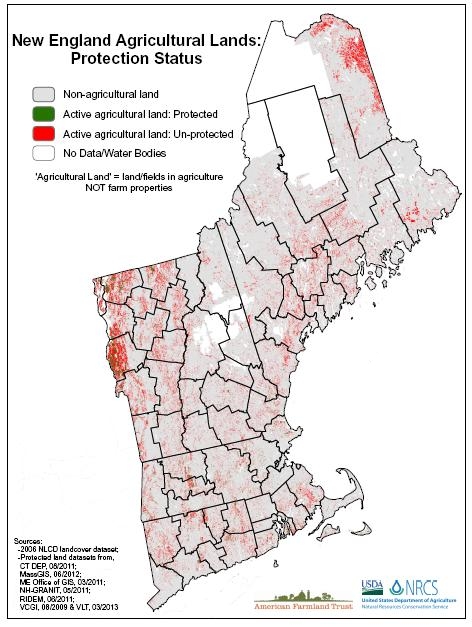 Conservation easement is a type of environmental service where legally enforceable land preservation agreements are drafted between a landowner and a government agency. Designed to preserve greater tracks of quality or prime land, conservation easements sell the development rights where federal, state, local and private agencies co-paying a significant portion of the sticker price on suitable land. For potential EAF farmland, conservation easements help subsidize the acquisition of prime parcels of land suitable for agriculture. The birthplace of land conservation, the NorthEast is home to 35% of all US landtrusts; 600 reputable organizations that we look to align with on local preservation of land and body through sustainable agriculture on conservation easement.
Conservation easement is a type of environmental service where legally enforceable land preservation agreements are drafted between a landowner and a government agency. Designed to preserve greater tracks of quality or prime land, conservation easements sell the development rights where federal, state, local and private agencies co-paying a significant portion of the sticker price on suitable land. For potential EAF farmland, conservation easements help subsidize the acquisition of prime parcels of land suitable for agriculture. The birthplace of land conservation, the NorthEast is home to 35% of all US landtrusts; 600 reputable organizations that we look to align with on local preservation of land and body through sustainable agriculture on conservation easement.
Designed to protect land and natural resources, conservation easements now make it possible to add scale, and empower a regional real-food movement. The 2012 U.S FarmBill secured level funding for agricultural land easements, which pay back as much as 40-50% of the appraised development value on suitable land. Most recently, the 2013 FarmBill consolidates the Ranch Lands Protection Program (FRPP) and Grassland 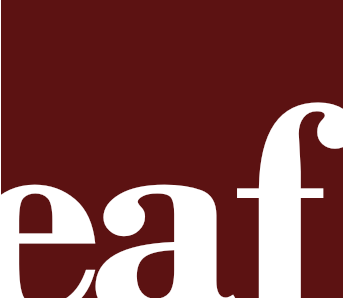 Reserve Program (GRP) into a single group, the Agriculture Land Easement (ALE). The ALE has dissolved federal acquisitions and term easements, now provisioning grants to buy perpetual easements through local land trusts (the 2013 FarmBill has earmarked $1.38B for easement acquisition).
Reserve Program (GRP) into a single group, the Agriculture Land Easement (ALE). The ALE has dissolved federal acquisitions and term easements, now provisioning grants to buy perpetual easements through local land trusts (the 2013 FarmBill has earmarked $1.38B for easement acquisition).
Depleting resources prove increasingly taxing on land, soil and environment:
additional thoughts:
keep updated
Increasingly health conscious consumers are demanding more from their food. Stemming from an industrial food system’s primary concern to maximize profit and shelf-life efficiency at the expense of food quality and healthiness, more responsive consumers are aligning their allegiance to a trusted food source focused first on sustenance derived from responsibly crafted foods. Not happy […]
New England and New York established the standard for real-food production. One hundred years ago, about 30% of New Englanders were farmers, and the remaining 70% we’re only a degree removed from the folks providing their nourishment. Reconnecting with food: Maximizing multiple outputs through proper practice has been standard farming practice for 400 generations. […]


 The fundamentals of Sustainable agricultural practice are drafted from ecology, more specifically a holistic relationship with soil, plant and animal, in which proper nutrient cycling is best for land and body. Underpinning the Entrepreneur Agrarian Fund’s objective to consistently deliver high-quality and nutritious food within various marketplaces is a requirement to cultivate quality soils through proper husbandry within a defined and customized holistic land management system. Each EAF farm enterprise creates a customized crop selection and rotation plan pertaining to amenities of the specific parcel, area and agrarian talent. Established by in-house expertise and reputable strategic partners, farm plans work within the EAF network to diversify farm risk, efficiently deliver quality food and maximize profitability to meet market demand.
The fundamentals of Sustainable agricultural practice are drafted from ecology, more specifically a holistic relationship with soil, plant and animal, in which proper nutrient cycling is best for land and body. Underpinning the Entrepreneur Agrarian Fund’s objective to consistently deliver high-quality and nutritious food within various marketplaces is a requirement to cultivate quality soils through proper husbandry within a defined and customized holistic land management system. Each EAF farm enterprise creates a customized crop selection and rotation plan pertaining to amenities of the specific parcel, area and agrarian talent. Established by in-house expertise and reputable strategic partners, farm plans work within the EAF network to diversify farm risk, efficiently deliver quality food and maximize profitability to meet market demand.

 Reserve Program (GRP) into a single group, the Agriculture Land Easement (ALE). The ALE has dissolved federal acquisitions and term easements, now provisioning grants to buy perpetual easements through local land trusts (the 2013 FarmBill has earmarked $1.38B for easement acquisition).
Reserve Program (GRP) into a single group, the Agriculture Land Easement (ALE). The ALE has dissolved federal acquisitions and term easements, now provisioning grants to buy perpetual easements through local land trusts (the 2013 FarmBill has earmarked $1.38B for easement acquisition).